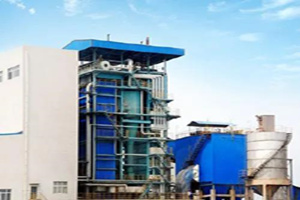Because the ash concentration in the circulating fluidized bed boiler furnace is high, usually dozens, hundreds, or even thousands of times that of the pulverized coal furnace, the wear of the circulating fluidized bed boiler is much more serious than that of other types of boilers. Special attention should be paid to the problem of wear resistance of refractory and refractory materials. How well the wear problem is solved is directly related to the success or failure of the design of the circulating fluidized bed boiler, and also directly affects the availability of the circulating fluidized bed boiler unit.
According to different wear mechanisms, wear can generally be divided into adhesive wear, abrasive wear, corrosion wear, contact fatigue wear, erosion wear, fretting wear and so on. The wear caused by the impact of fluid or solid particles on the surface of the material at a certain speed and angle is called erosion (or impact wear). There are two basic types of erosion, called erosion wear and impact wear. The microscopic morphology of the erosion process of these two types of wear is completely different.
Although the wear mechanism of circulating fluidized bed boilers is not yet fully understood, it can be predicted that three-body wear is the main cause of wear of circulating fluidized bed boilers. Three-object wear may occur in the following three situations: the particles are enriched and settled with a large density, the feed is sufficient to generate a large particle density, and within the allowable range of particle flow, a large particle density can exist in the vicinity of the wear surface.



